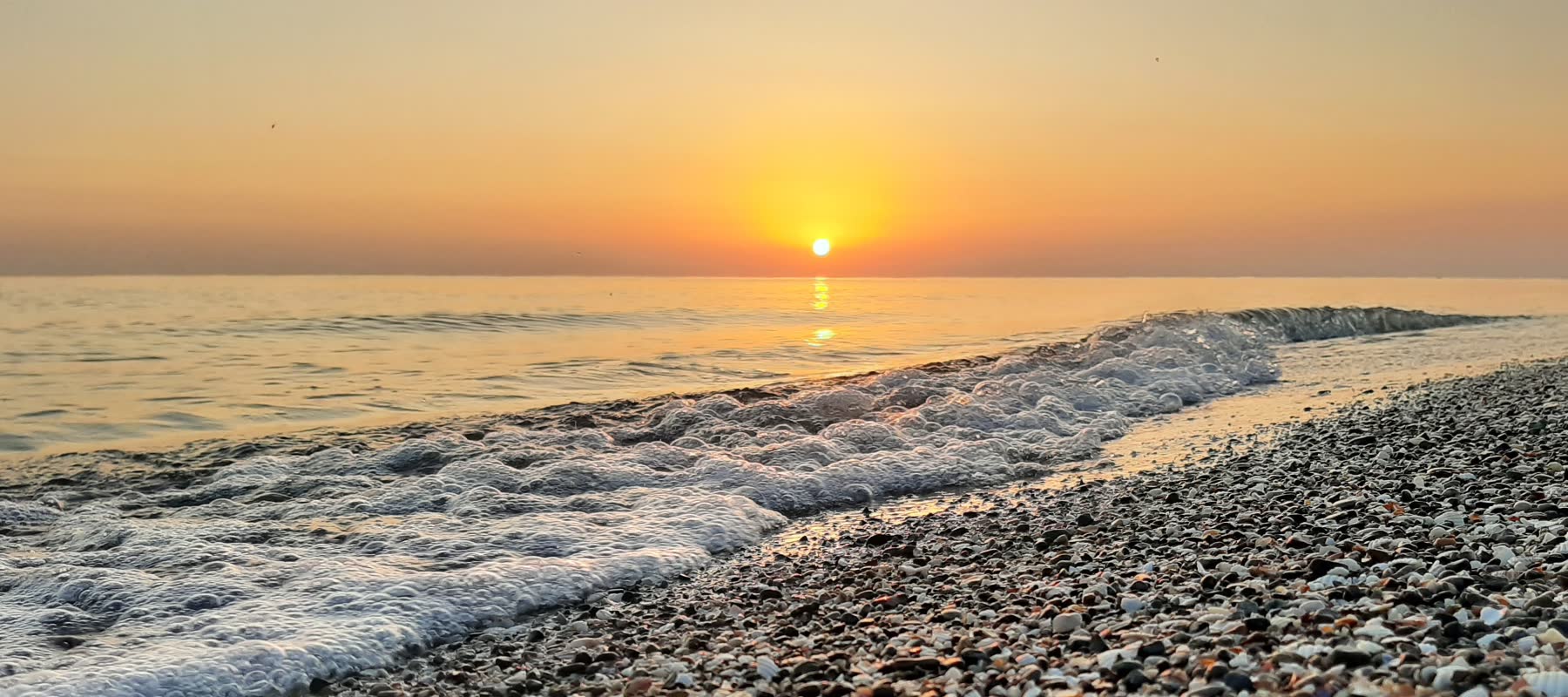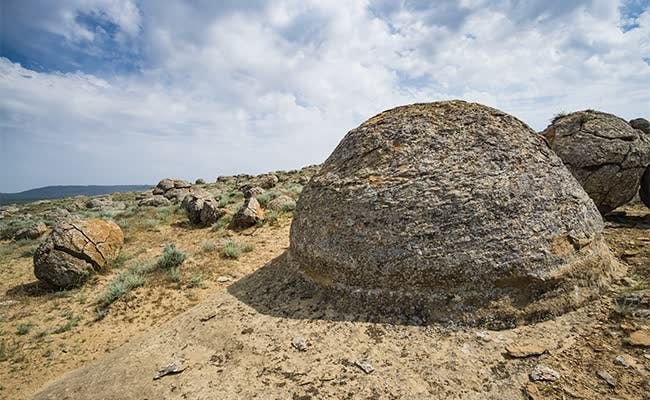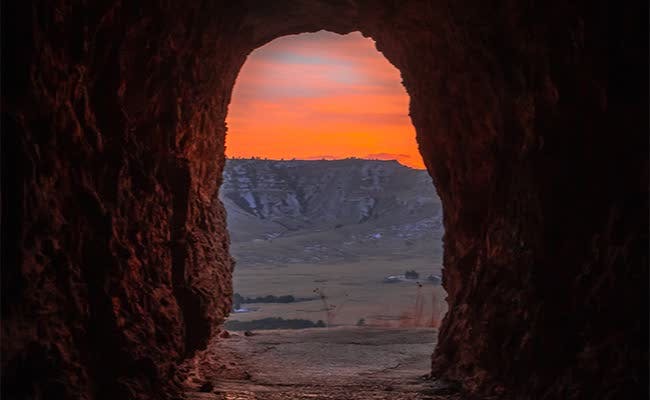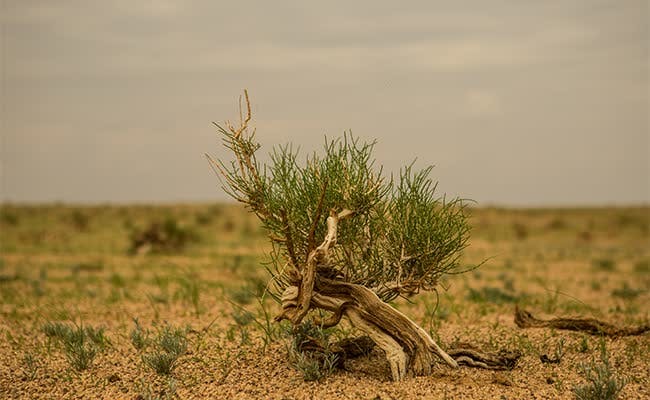The Caspian Sea
The Caspian Sea is the world's largest inland body of water, and it is often referred to as a "sea" due to its size and characteristics, even though it is technically a lake.
Here are some key details about the Caspian Sea:

Location: The Caspian Sea is located in Eurasia and is bordered by five countries: Russia to the north, Kazakhstan to the northeast, Turkmenistan to the east, Iran to the south, and Azerbaijan to the southwest. It is situated between Europe and Asia.
Size: The Caspian Sea covers an area of approximately 371,000 square kilometers (143,000 square miles), making it the largest enclosed inland body of water in the world.
Hydrology: The Caspian Sea is an endorheic basin, meaning it has no natural outlet to the world's oceans. It is primarily fed by over 130 rivers, with the Volga River being the largest, and its water is relatively brackish (a mixture of freshwater and saltwater).
Countries and Legal Status: The Caspian Sea's legal status has been a subject of international negotiation. The five bordering countries have agreed to certain terms and principles regarding the sea's use and exploitation but have not yet reached a comprehensive resolution on its legal status.
Biodiversity: The Caspian Sea is home to a variety of unique species, including the Caspian seal. The sea's biodiversity has been affected by pollution, overfishing, and changes in water levels.
Economic Significance: The Caspian Sea is economically significant due to its energy resources. It is known for its vast oil and natural gas reserves, with numerous oil and gas fields located along its shores. This has made the region a hub for the energy industry.
Tourism: The Caspian Sea's coastline offers opportunities for tourism and recreation. Several resorts and cities along the coast attract tourists, offering a range of recreational activities.
Environmental Challenges: The sea has faced environmental challenges, including changes in water levels, habitat degradation, and pollution. Efforts have been made to address these issues and to protect the Caspian's unique ecosystems.
The Caspian Sea holds both economic and ecological significance and is a dynamic and vital part of the Eurasian landscape. Its legal status continues to be a subject of international interest and negotiation.
RELATED DESTINATIONS
The Torysh Valley and Sherkala are unique geological and natural landmarks located in the Mangystau Region of Kazakhstan. Torysh Valley, often referred to as the Valley of Balls, is situated in the Mangystau Region, which is known for its unique and surreal geological features.
Balaoiyk Cave, also known as Balayuk Cave, is a relatively recent geological discovery and is often referred to as the miracle of Ustyurt. Balaoiyk Cave is situated in the south-eastern part of the Ustyurt Plateau, near the border with the Republic of Uzbekistan.
The Naryn Desert, also known as the Naryn-Kala Desert, is a desert located in Kazakhstan, primarily in the western part of the country. The Naryn Desert is situated in western Kazakhstan, near the border with Uzbekistan. It is part of the vast Central Asian desert region.


